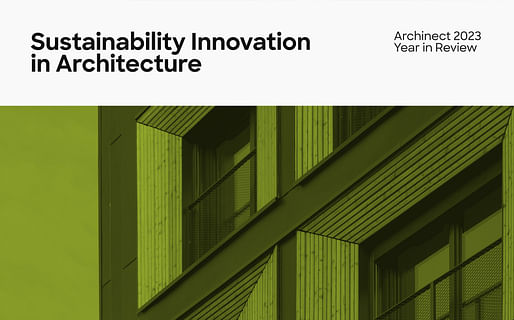
A team from Drexel University has published their research into a self-healing system for concrete. The team, operating in the University’s College of Engineering, embedded bacteria in their concrete system that, when activated by water, can repair cracks in the concrete.
Named ‘BioFiber,’ the Drexel system sees a polymer fiber encased in a bacteria-laden hydrogel and a protective, damage-responsive shell. A grid of BioFibers embedded in a concrete structure can improve the system’s durability, prevent cracks from growing, and enable self-healing, according to the research published in the journal Construction and Building Materials.
The team was inspired by the ability of human skin tissue to self-heal, and the ability of vascular systems to help organisms heal their own wounds. The team identified a strain of Lysinibacillus sphaericus bacteria as a bio-healing agent for the fiber, which is found in soil and can produce a stone-like material capable of healing exposed cracks in concrete.

In addition to acting as a constant reinforcing support agent, the bacteria can lay dormant until a crack penetrates the concrete and pierces the fiber’s outer polymer shell. As water enters the crack and the BioFiber, the system’s hydrogel expands to push out of the shell and towards the surface of the crack. The bacteria is then activated by carbon and calcium in the concrete to produce calcium carbonate, filling the crack.
“This is an exciting development for the ongoing efforts to improve building materials using inspiration from nature,” said Amir Farnam, PhD, an associate professor in the College of Engineering who was a leader of the research team. “We are seeing every day that our ageing concrete structures are experiencing damage which lowers their functional life and requires critical repairs that are costly. Imagine, they can heal themselves?”
“In our skin, our tissue does it naturally through multilayer fibrous structure infused with our self-healing fluid — blood,” Farnam added. “These biofibers mimic this concept and use stone-making bacteria to create damage-responsive living self-healing concrete.”

The research comes almost one year after a team from MIT and Harvard uncovered the key behind ancient Rome’s self-healing concrete. Last week, meanwhile, Louisiana State and NASA teamed up to develop waterless concrete for 3D printing on the Moon, while earlier this month, ETH Zurich researchers developed 3D printed insulation foam using recycled materials.
You can review all of the major breakthroughs in material science throughout 2023 by reviewing our end-of-year coverage of sustainability innovation in architecture here.
1 Comment
An adage of concrete contractors:
There are two kinds of concrete, one has cracked, and the other is soon to be cracked.
Block this user
Are you sure you want to block this user and hide all related comments throughout the site?
Archinect
This is your first comment on Archinect. Your comment will be visible once approved.